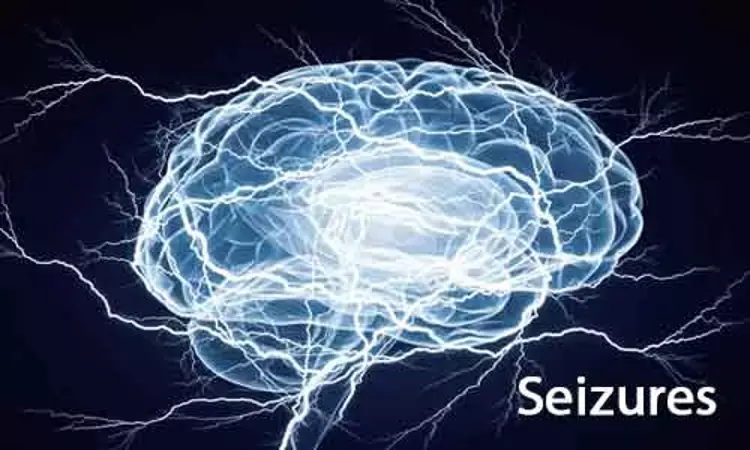- Home
- Medical news & Guidelines
- Anesthesiology
- Cardiology and CTVS
- Critical Care
- Dentistry
- Dermatology
- Diabetes and Endocrinology
- ENT
- Gastroenterology
- Medicine
- Nephrology
- Neurology
- Obstretics-Gynaecology
- Oncology
- Ophthalmology
- Orthopaedics
- Pediatrics-Neonatology
- Psychiatry
- Pulmonology
- Radiology
- Surgery
- Urology
- Laboratory Medicine
- Diet
- Nursing
- Paramedical
- Physiotherapy
- Health news
- Fact Check
- Bone Health Fact Check
- Brain Health Fact Check
- Cancer Related Fact Check
- Child Care Fact Check
- Dental and oral health fact check
- Diabetes and metabolic health fact check
- Diet and Nutrition Fact Check
- Eye and ENT Care Fact Check
- Fitness fact check
- Gut health fact check
- Heart health fact check
- Kidney health fact check
- Medical education fact check
- Men's health fact check
- Respiratory fact check
- Skin and hair care fact check
- Vaccine and Immunization fact check
- Women's health fact check
- AYUSH
- State News
- Andaman and Nicobar Islands
- Andhra Pradesh
- Arunachal Pradesh
- Assam
- Bihar
- Chandigarh
- Chattisgarh
- Dadra and Nagar Haveli
- Daman and Diu
- Delhi
- Goa
- Gujarat
- Haryana
- Himachal Pradesh
- Jammu & Kashmir
- Jharkhand
- Karnataka
- Kerala
- Ladakh
- Lakshadweep
- Madhya Pradesh
- Maharashtra
- Manipur
- Meghalaya
- Mizoram
- Nagaland
- Odisha
- Puducherry
- Punjab
- Rajasthan
- Sikkim
- Tamil Nadu
- Telangana
- Tripura
- Uttar Pradesh
- Uttrakhand
- West Bengal
- Medical Education
- Industry
IV ganaxolone helps control seizures in patients with refractory status epilepticus

USA: In individuals with refractory status epilepticus (RSE), IV ganaxolone quickly and effectively controlled their seizures while also demonstrating acceptable safety and tolerability, says an article published in Epilepsia.
One second-line IV anti-seizure medicine (ASM) and benzodiazepines have not been effective in treating patients with refractory status epilepticus. When second-line ASMs are ineffective, guidelines advise IV anesthesia, but possible risks may exceed the advantages. To halt and permanently manage RSE without resorting to IV anesthetics, novel therapies are required. An experimental neuroactive steroid being developed for the treatment of RSE is called ganaxolone. The purpose of this study, which was carried out by Henrikas Vaitkevicius and colleagues, was to establish the ideal IV ganaxolone dosage for RSE and to gain a preliminary evaluation of effectiveness and safety.
From February 19, 2018, until September 18, 2019, three locations in the United States hosted an open-label, phase 2 study. Patients who experienced convulsive or non-convulsive SE were under the age of 12 and did not improve after receiving one second-line IV ASM. 21 patients were screened, and 17 were accepted. Patients got standard-of-care ASMs with IV ganaxolone added. An IV bolus of ganaxolone was used to start the infusion, which continued at decreasing infusion rates for 48–96 hours until tapering down for 18 hours. Three ganaxolone dosage cohorts were used: low (500 mg/day), medium (650 mg/day), and high (713 mg/day). The number of patients who did not require escalation to IV anesthesia within 24 hours of ganaxolone induction was the primary end objective.
The key findings of this study:
1. The majority of the 17 patients who were included (65%) had non-convulsive SE and had tried a median of three prior ASMs, including first- and second-line IV ASM treatment.
2. The median amount of time after starting ganaxolone for SE cessation was 5 minutes.
3. In the 24 hours after starting ganaxolone, no patient needed to be escalated to third-line IV anesthetics.
4. Sedations were described as two treatment-related significant adverse events.
5. None of the three deaths were thought to be attributable to ganaxolone and they all happened 9–22 days after the completion of the drug.
In conclusion, treatment for status epilepticus that is refractory is difficult since the illness has a high death rate. According to preliminary findings, ganaxolone therapy has promise as a possible cure for refractory status epilepticus.
Reference:
Vaitkevicius, H., Ramsay, R. E., Swisher, C. B., Husain, A. M., Aimetti, A., & Gasior, M. (2022). Intravenous ganaxolone for the treatment of refractory status epilepticus: Results from an open‐label , dose‐finding , phase 2 trial. In Epilepsia. Wiley. https://doi.org/10.1111/epi.17343
Neuroscience Masters graduate
Jacinthlyn Sylvia, a Neuroscience Master's graduate from Chennai has worked extensively in deciphering the neurobiology of cognition and motor control in aging. She also has spread-out exposure to Neurosurgery from her Bachelor’s. She is currently involved in active Neuro-Oncology research. She is an upcoming neuroscientist with a fiery passion for writing. Her news cover at Medical Dialogues feature recent discoveries and updates from the healthcare and biomedical research fields. She can be reached at editorial@medicaldialogues.in
Dr Kamal Kant Kohli-MBBS, DTCD- a chest specialist with more than 30 years of practice and a flair for writing clinical articles, Dr Kamal Kant Kohli joined Medical Dialogues as a Chief Editor of Medical News. Besides writing articles, as an editor, he proofreads and verifies all the medical content published on Medical Dialogues including those coming from journals, studies,medical conferences,guidelines etc. Email: drkohli@medicaldialogues.in. Contact no. 011-43720751


